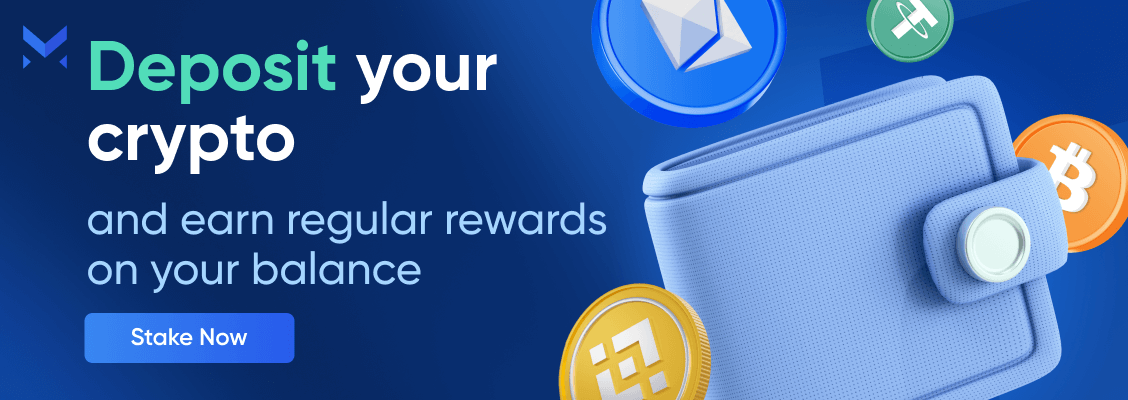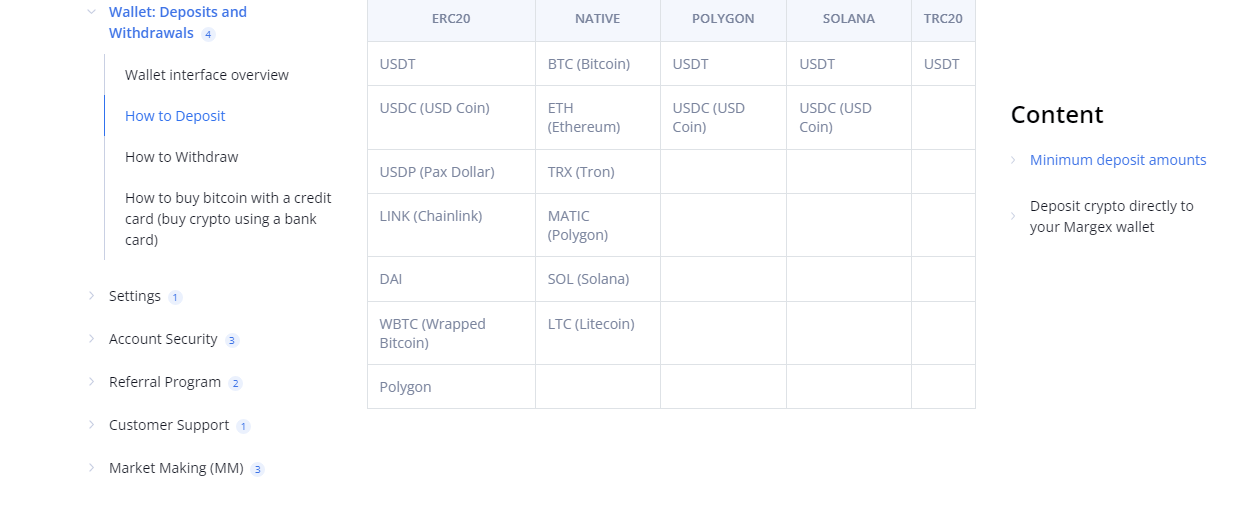
If you’re a crypto enthusiast, you must have heard of terms like OMNI, TRC20, ERC20, and BEP20 in token development. These terms refer to different crypto token standards on different networks.
ERC20 relates to Ethereum, OMNI to Bitcoin, BEP-20 is for Binance, and TRC-20 is the token standard of Tron. The standard facilitates the distribution of TRC20 tokens created on the Tron blockchain.
TRC20 is similar to the previous TRC-10, meaning holders can exchange them for a similar token. This article provides more insights about TRC20 and its applications. You’ll also discover the key rules of its implementation and what crypto uses the TRC20 standard.
Find out more below.

What Is Trc20 And How Does The Token Standard Work
TRC20 is a token standard for smart contracts developed on the TRON Blockchain. The standard facilitates the implementation of tokens using the TVM (TRON Virtual Machine). TRC-20 is also called USDT-TRON and uses the TRC20 address. Holders can use the TRC20 tokens from their TRON wallets on the network through various devices.
A highly secured peer-to-peer and well-distributed network manages the TRC tokens. Also, token holders can swap and use them on decentralized apps. It is very fast and low cost in processing transactions than other cryptocurrencies.
TRC20 works at high speed and supports numerous users. The token has a lot of modern features and even supports peer-to-peer transactions. Moreover, TRC20 is compatible with ERC20. However, it does not insure investors in the event of a loss.
Rules Of Implementation For TRC20
Some specifications must be in place for the TRC20 to operate. These specifications enable users to share, swap or transfer tokens on the TrC20 network or to a TRON wallet.
These specifications included 6 compulsory and 3 non-compulsory items.
Non-compulsory items for implementation
These are the optional items that do not affect the transactions or authenticity of a token.
- Token abbreviation
The abbreviation of a token name is mostly for convenience. For instance, Cardano is abbreviated as ADA, and both names represent the same token.
- Token name
The token name is also an optional item for implementation. Some token names are used interchangeably, which does not affect their use.
- Token precision
This is the smallest divisible unit of the token. If the precision is 0, then the minimum divisible unit is 1. If the precision is 3 then the value of the minimum divisible unit will be 0.001.
The limit for the value of token precision is 18 for all tokens.
Compulsory Items for implementation
These are required items that play a vital role in creating and implementing tokens. They also help to sustain the token standard and prevent unauthorized use.
- Total Supply ()
This code brings up the total supply of the token. It implies that the total token balance of all holders must be equal to the total supply. Total supply is maintained in a variable state that increases when developers mint new tokens or decreases when they burn them.
This is the API of the total supply () function
function total supply () external view returns (uint256); or function …
- balanceOf()
This function reveals the token balance of a particular contract address. Each account balance is stored in a mapping. The total amount of tokens available can be determined using this function.
The function of the API balance is as follows:
function balance of (address who) external view returns (uint256 balance);
This function answers a single query: who: The address whose token balance you want to find out. The function will give the token balance as a uint256 type.
This is how it reads the balance from the mapping:
function balanceOf (address_owner) public view returns (uint256) { return balances [owner] ; }
- transfer()
This function is for the transfer of tokens from a smart contract to a specified address.
The function of the API is:
contract MyTRCToken {
mapping (address => uint 256) balances;
function transfer (address_to, uint256 _amount) returns (bool success) {
approve()
This function is for third-party authorization. This authorization enables the transfer of tokens from an account. It is also used to approve the transfer of NFTs from one account to another.
NFTs are non-fungible tokens designed on a blockchain. They differ in value, and users cannot exchange them for each other. However, they can transfer them to other users using the approve function.
The approve function needs information on the following:
- to: the contact address seeking approval. Once approval is given, the address can interact freely with the tokenId.
- tokenId: the tokenId of the item (maybe an NFT) for which the approved request was authorized.
The code is:
function approve (address to, uint256 tokenId) public { address owner = ownerOf (tokenId) ; require (to !=owner) ; require (msg.sender == owner | | isApprovedForAll (owner, msg.sender) ) ; _tokenApproval [tokenId] = to; emit Approval (owner, to, tokenId) ; }
- transferFrom()
With this function, tokens are transferred from the owner of the token’s account to a receiver account. The initiator of the transaction must have enough allowance and must have been previously approved by the owner of the transaction.
To use this function to transfer the token, the approver must use the approve () function before then.
It differs slightly from transfer(). With transferFrom() a third party can transfer tokens between two accounts automatically.
Allowance
This gives a specific answer to the query on the token amount remaining and how much the spender can withdraw. It displays the remaining balance of tokens from the allowed mapping. The allowed mapping is refreshed whenever approve (), transferFrom(), and other functions like increaseApproval or decreaseApproval() are used.
This is the API for allowance:
function allowance (address owner, address spender) external view returns (uint 256 remaining);
This function is important for:
- Owner: works with the owner’s address, who used approve () previously.
- Spender: the spenders’ address who can make a withdrawal of tokens.
What Are Tokens In Crypto?
Tokens are valuable units in cryptocurrency on a blockchain that are tradable. Developers build them on blockchains to execute smart contract calls.
Tokens on the Ethereum blockchain are referred to as ERC20 tokens, while those on the TRON blockchain are called TRC20 tokens. These tokens also work on the Ethereum network.
Since tokens work on an already existing blockchain, miners do not need to exist. These tokens need for users to pay gas fees, so the miners on the blockchain can make a profit.
These tokens are used on decentralized apps and also as initial coin offerings (ICOs) for many projects.
Types of tokens and applications
There are various types of tokens available. They are classified according to how they work and how networks use them.
Security tokens
These types of crypto assets facilitate asset validation in the crypto space. They are used to secure assets on the cryptographic network.
Most securities tokens operate on the Ethereum blockchain since they are ERC20 tokens.
Platform tokens
These tokens provide various services to users, like decentralized apps. They are highly secured using the parent blockchain security and facilitate transactions. Game developers use platform tokens, which are also great for global advertising.
Transactional tokens
These tokens facilitate virtual transactions. With these tokens, users can access products and services with ease.
They also serve as digital currencies that do not need third-party authentication to work.
Utility tokens
They are built on existing blockchains, giving them access to goods and services on their parent blockchain. The TRC2o, for instance, is a product of the TRON network. It thrives on the Ethereum blockchain using an ERC20 protocol.
These tokens have no investment value and do not yield large profits for investors; they only facilitate payment. They work in synergy with their host platforms, using their security while providing network activity for the host platform.
DAI, for example, is a utility token embedded into Axle Infinity, a digital universe. It provides in-game currency for players to make purchases.
Governance tokens
Crypto stakeholders use these tokens to make decisions. They use them to vote through an on-chain governance method. TRC20 is used for the implementation of these tokens on the TRON network. The tokens also work perfectly on the Ethereum network.
Governance tokens encourage interactions among holders on how best to manage a given system.
What are the differences between a token and a coin?
It could be easy to mistake a coin for a token. However, they have some remarkable differences;
USDT And ERC-20 How Do They Work?
USDT is the abbreviation for the dollar-pegged cryptocurrency Tether. The peg to USD ensures stability for Tether. All tokens on the Tether network are under the USDT symbol.
USDT can be used on cryptocurrency exchanges. USDT-TRON simply shows that the token is on the TRON blockchain. USDT-TRON is sometimes used interchangeably with the TRC20 token.
ERC20 represents the standard that decides how smart contracts are executed on the Ethereum network. ERC20 tokens exist on the Ethereum platform and entirely depend on its blockchain for implementation.
It is a blockchain code available only to users with access to it. The ERC20 and TRC20 share numerous similarities.
Margex and TRC20/ERC20

If you are looking for a platform that supports TRC20 and ERC20 tokens, Margex is the right place to be.
The platform supports USDT, USDC (USD COIN), USDP (Pax Dollar), LINK (Chainlink), and DAI. With excellent offers and tools, you will benefit a lot from this platform.
What Cryptocurrency Uses TRC20?
Aside from the Tron token, several other digital currencies use the TRC20 standard, including;
Revain (REV)
The Revain digital token functions on the Ethereum network. The total supply of the token is currently over 85 billion. Presently, Revain trades at $0.0007979 with a 24-hour increase of 0.51%
Tether (USDT)
The total Tether supply is approximately 70.1 billion and operates on the Ethereum and Tron standard network. It has a market capitalization of over $68.3 billion.
JUST (JST)
The JUST token primarily operates on the TRC20 platform. It was launched in 2020 with a total supply of over 9.9 billion. Its current price is $0.02525, with a total market cap of more than $224 million.
Some other digital tokens under the TRC20 network include PYRO Network, WINk, USDJ, and IG Gold.
FAQ
What is a TRC20?
TRC20 is the Tron token standard for distributing Tron TRC20 tokens on the Tron network. This operation is based on the application of smart contracts.
The tokens must follow a particular set of specifications with important items like token name, abbreviation, and precision. This is necessary to distribute, swap, and transfer tokens backed by digital wallets.
What crypto uses TRC20?
Tether USDT uses the TRC-20 tokens for its implementation on the TRON network. Other cryptocurrencies include Revain, JUST, JUST NETWORK, WINk, PYRO Network (TRON), USDJ, and IG Gold.
Are TRON and TRC20 the same?
Tron and TRC20 are not the same. TRC20 is a standard on the Tron network used for integrating its tokens based on the smart contract. TRON is a decentralized digital platform based on a blockchain. Its digital token is known as Tronix, abbreviated as TRX.


